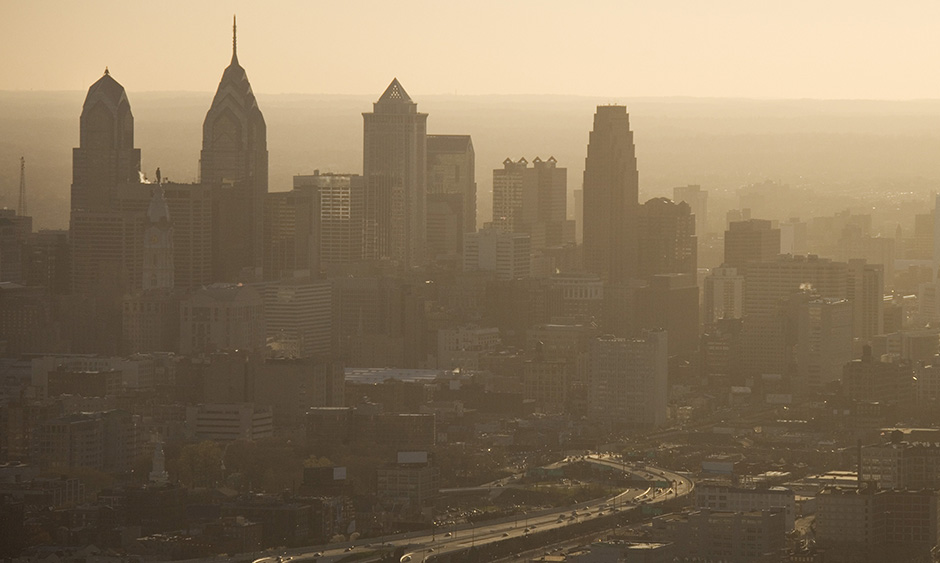
June 21, 2024
Given the events of last June when smoke from Canadian wildfires resulted in some of the worst air pollution ever recorded in the Philadelphia region, some have wondered how this wildfire season might impact local air quality.
Officials from the Canadian government have warned of above average wildfire conditions across much of the country this summer. The forecasts use the Canadian Forest Fire Weather Index, a model which considers meteorological conditions such as wind, temperature, and humidity to evaluate the risk for fires. Given the events of last June when smoke from Canadian wildfires resulted in some of the worst air pollution ever recorded in the Philadelphia region, some have wondered how this wildfire season might impact local air quality. While the movement of smoke, especially from western Canada, is difficult to predict due to the distances and terrain involved, Paul Pastelok, a long-range forecaster who works for AccuWeather, said in an interview with the Philadelphia Inquirer that the Northeast is unlikely to see a repeat of last year, although he thinks “we will see some in the middle of the summer.” On the brighter side, AccuWeather is predicting below-average wildfire activity in the western United States as a result of easing drought conditions. However, wildfires are only expected to become more frequent and intense in the long term due to climate change. According to a 2022 report from the United Nations Environment Program, the number of extreme fires is expected to increase 30 percent by 2050 and 50 percent by 2100.
This article originally appeared in the June 2024 issue of Alert!, a monthly newsletter produced by DVRPC’s Department of Air Quality Planning.